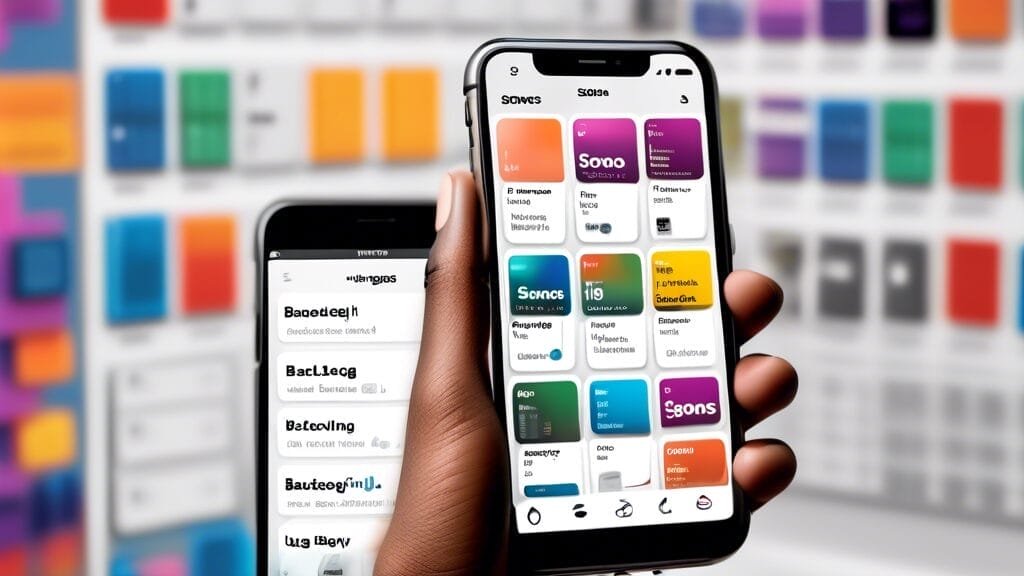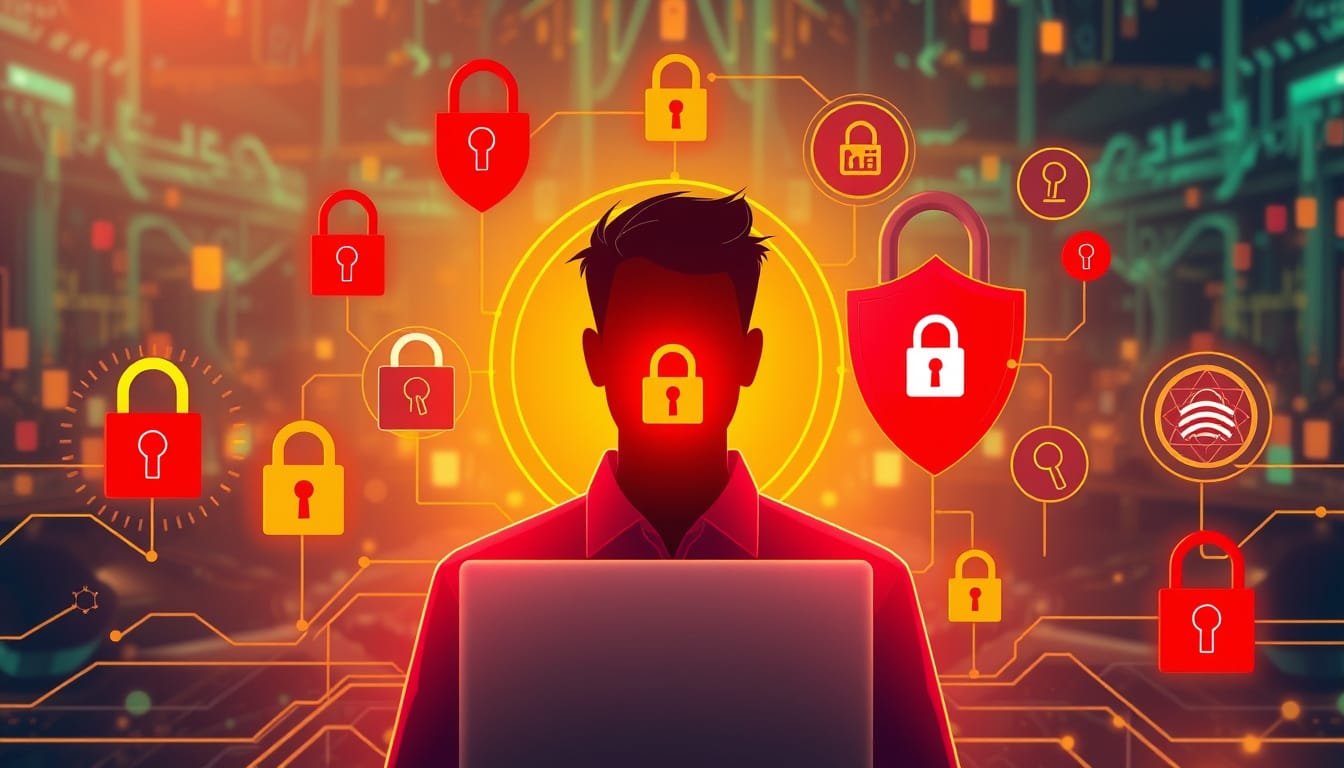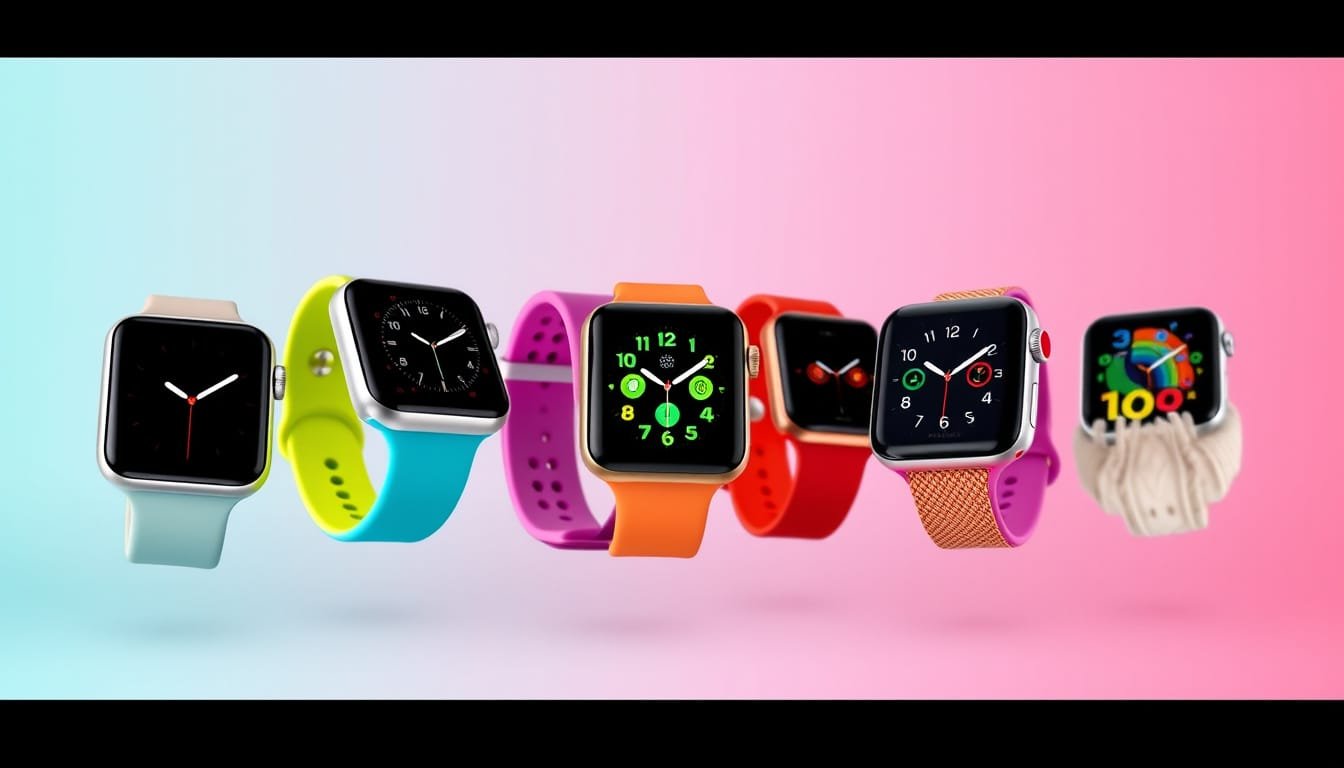Is your online security truly robust?
Many assume that Two-Factor Authentication (2FA) or Multi-Factor Authentication (MFA) guards their accounts effectively.
However, these layers of protection, while better than a single passcode, can fall short against cunning cyber threats.
Phishing attacks, particularly the adversary-in-the-middle variety, can compromise even the most secure 2FA setups by tricking users into revealing passwords and codes on fake sites.
Imagine entering your SMS code, thinking you’re securing your account, only to hand it over to a hacker.
To counteract this, MFA needs more than just a password and a text message.
We need a strategy that includes physical security keys, biometrics, or advanced authentication methods like WebAuthn.
In this article, we’ll dive into the Achilles’ heel of multifunction authentication and how to boost your defenses against evolving threats.
Let’s take steps toward a security fortress!
Try Hostinger Webhosting get a website as low as $3.99!

Unlock Online Freedom: Get AdGuard VPN for Just $39.97 – Limited Time Offer!
Key Takeaways
- 2FA and MFA significantly improve online security but are not immune to sophisticated phishing attacks.
- Adversary-in-the-middle attacks can exploit vulnerabilities in authentication methods like SMS codes and authenticator apps.
- Adopting advanced authentication methods such as WebAuthn, biometrics, and physical security keys can further enhance online protection.
Understanding the Limitations of 2FA/MFA
While Two-Factor Authentication (2FA) and Multi-Factor Authentication (MFA) are widely touted as the gold standard for securing online accounts, they’re not infallible.
Many believe that simply adding a second layer of security will safeguard them from all cyber threats.
However, let’s face it—cybercriminals are getting savvier.
Phishing schemes, particularly adversary-in-the-middle attacks, are preying on unsuspecting users.
Imagine this: you receive a message prompting immediate action on your account, and you enter your credentials, including the SMS code, into an authentic-looking but fraudulent website.
Voila!
Your security is breached.
It’s critical to understand that MFA becomes less effective when both verification factors come from the same device.
For instance, if a hacker gains access to your phone, they can intercept removal codes with ease.
To fortify your defenses, consider stronger authentication methods like WebAuthn credentials, biometrics, or sturdy physical security keys like Yubikeys.
Finally, always remain skeptical of urgent notifications.
A little wariness can go a long way in thwarting cyber threats.
Remember, the best defense is a well-informed user.
So, next time you’re prompted for a verification code, double-check the URL first.
Staying alert could save you from a world of hassle and heartache.
Enhancing Online Security Beyond Traditional Methods
Cybersecurity isn’t just about tools; it’s about a mindset.
Take a moment to think about how many times you’ve rushed through those email alerts telling you your account needs immediate attention.
Spoiler alert: most of those urgent-sounding messages are crafted by hackers ready to pounce.
Consider this real-life scenario: Jane receives a distressing email claiming her bank account has been compromised.
In a panic, she clicks the link, submits her login info, and—bam!—she’s a victim.
It’s classic phishing.
The next time a notification raises your heart rate, pause for a heartbeat.
Verify the source!
Legitimate institutions won’t pressure you into quick actions.
Do this simple step, and you’ll have a fighting chance against cyber threats.
Effective security isn’t solely about the measures you implement; it’s equally about your proactive response to potential risks. Your readiness to tackle challenges head-on is what truly fortifies your defenses.
Keep calm and verify!





















